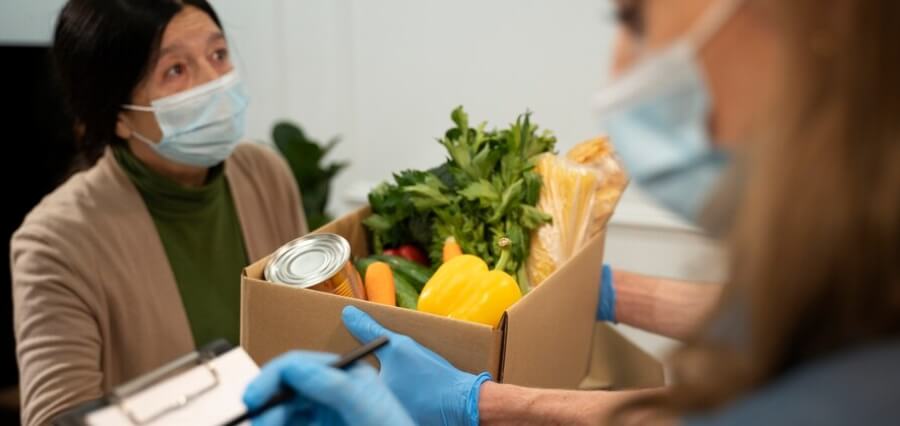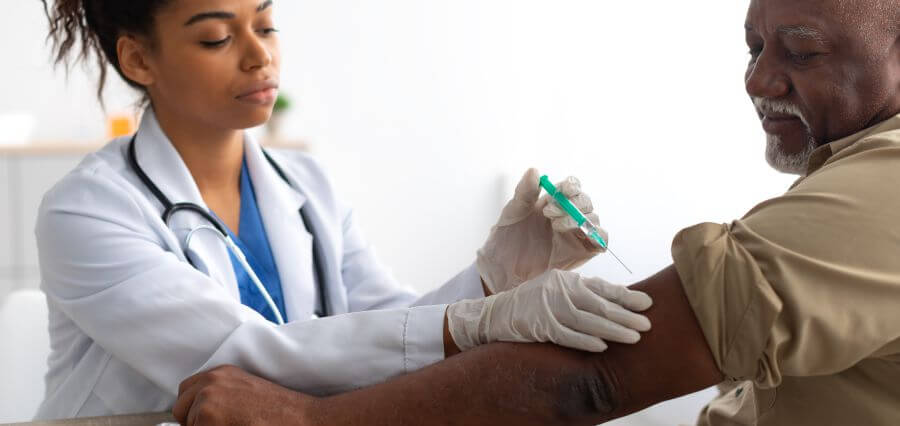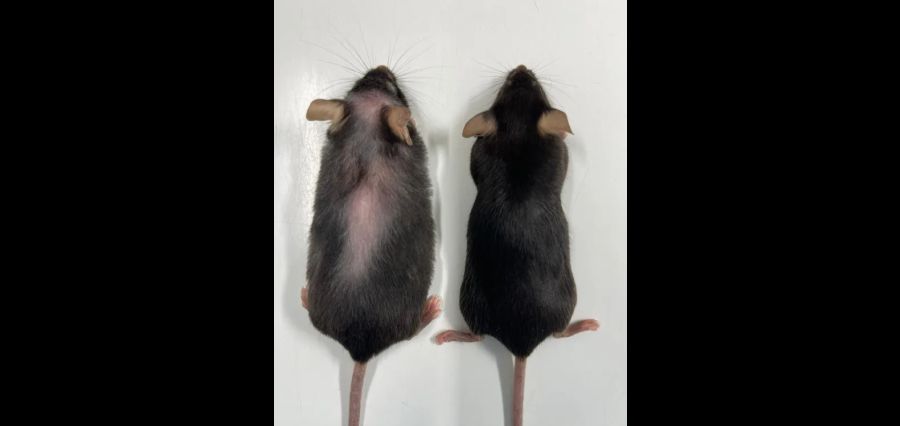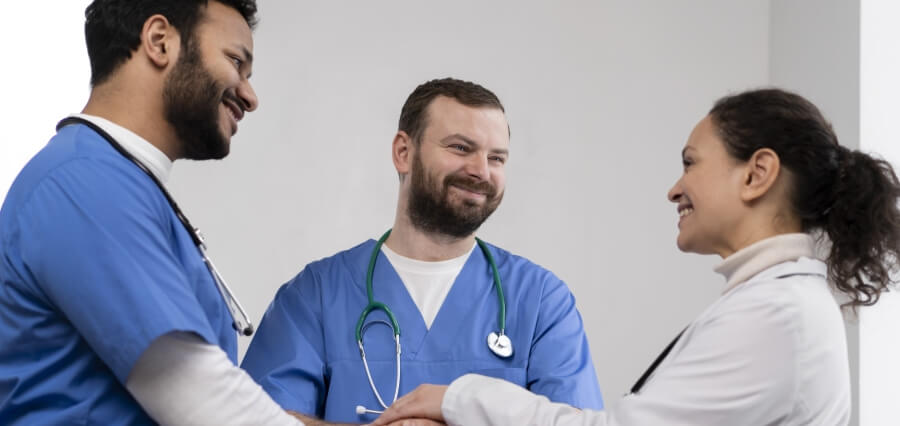A handbook for the application of whole genome sequencing (WGS) in food safety has been published by the World Health Organization (WHO).
There are three sections to the advice. Before contemplating the adoption of WGS, the first outlines the minimal capacity needs in the foodborne disease surveillance and response system.
The use of WGS in routine surveillance of foodborne diseases is covered in the third, while the second addresses how it might assist with epidemic investigations.
A linked webinar featuring potential, challenges, lessons gained, and national examples was held in June 2023. Dr. Eric Brown from the U.S. Food and Drug Administration’s Center for Food Safety and Applied Nutrition (CFSAN) was the guest speaker at the event.
According to WHO, WGS improves regular surveillance, epidemic detection and response, and source identification, all of which are important for understanding foodborne illnesses. The technology is supposed to contribute to lessening the incidence of foodborne sickness.
The first guide addresses the ability of laboratories to test clinical specimens, the ability of epidemiologists to identify outbreaks and carry out investigations, and the ability of the food safety system to react to occurrences and implement corrective actions. Additionally, it offers choices for integrating WGS with already-in-use systems. Public health experts, including epidemiologists and lab personnel, who will employ WGS as part of foodborne disease surveillance and response, are the target audience.
The report draws attention to a number of problems, such as the absence of an internationally accepted standard procedure for the analysis of WGS for microbial subtyping; personnel that use WGS have historically lacked training in the exchange and analysis of genetic data.
If only a small number of isolates are gathered during epidemics, WGS will not be profitable.
Turnaround times must be short for WGS to be effective in ensuring that outbreaks are identified promptly and addressed as soon as feasible. Resources, both financial and human, as well as the goals for utilizing the technology, should also be taken into account.
How WGS can help with foodborne outbreak investigations is covered in the second guide. It is intended for nations that have not yet developed their WGS capabilities and are only starting lab-based surveillance for certain pathogens.
The guide lays out the benefits and drawbacks of expanding the public health lab’s capacity vs contracting out the wet lab portion of WGS and the bioinformatics analysis of the sequence data. It also offers guidance on creating a business case for pilot studies and WGS.
The third document, which is intended for nations with experience in lab-based pathogen surveillance, discusses employing WGS for AMR and virulence factor monitoring in addition to tracking trends over time.
WHO advises that a nation begin with a single disease when utilizing WGS for routine surveillance, and then scale up once the public health agency and lab are equipped to handle more cases.
Read More: https://eurohealthleaders.com/








